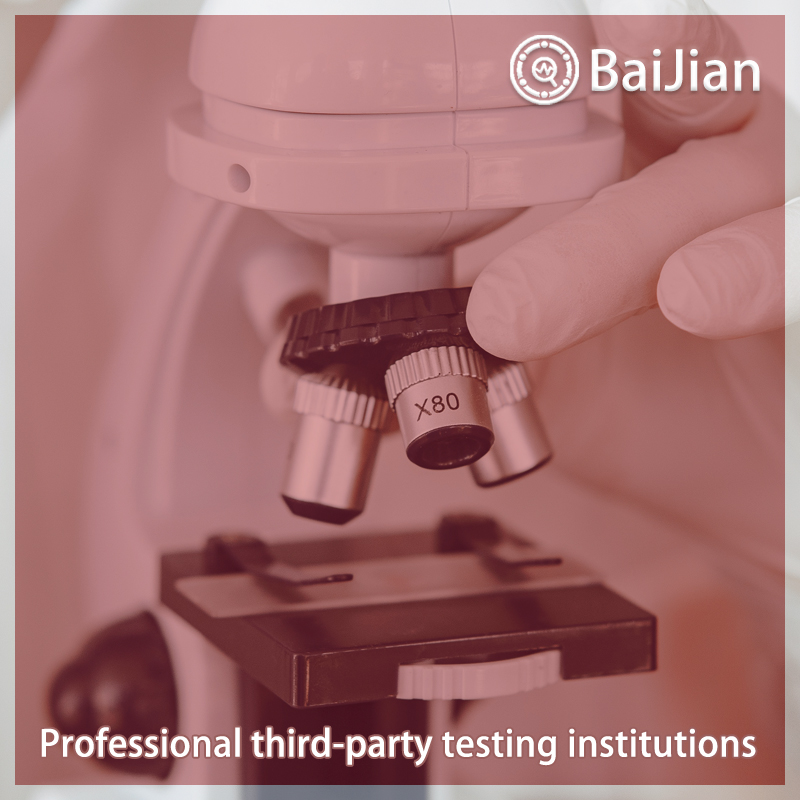
A complete hydraulic system consists of five parts, namely power components, actuator components, control components, auxiliary components, and hydraulic oil. The function of the power component is to convert the mechanical energy of the prime mover into the pressure energy of the liquid, referring to the oil pump in the hydraulic system, which provides power to the entire hydraulic system. The structural forms of hydraulic pumps generally include gear pumps, vane pumps, and plunger pumps. The function of executing components (such as hydraulic cylinders and hydraulic motors) is to convert the pressure energy of the liquid into mechanical energy, driving the load to perform linear reciprocating or rotary motion. Control components (i.e. various hydraulic valves) control and regulate the pressure, flow rate, and direction of liquid in the hydraulic system. According to the different control functions, hydraulic valves can be divided into pressure control valves, flow control valves, and directional control valves Pressure control valves are further divided into relief valves (safety valves), pressure reducing valves, sequence valves, pressure relays, etc; The flow control valve includes a throttle valve, an adjustment valve, a flow divider valve, etc; Directional control valves include one-way valves, hydraulic control one-way valves, shuttle valves, directional valves, etc. According to different control methods, hydraulic valves can be divided into on-off control valves, fixed value control valves, and proportional control valves. Auxiliary components include oil tank, oil filter, oil pipe and pipe joint, sealing ring, pressure gauge, oil level and temperature gauge, etc. Hydraulic oil is the working medium for transmitting energy in hydraulic systems, including various types of mineral oils, emulsions, and synthetic hydraulic oils
Function of testing report:
1. Project bidding: Issue authoritative third-party CMA/CNAS qualification report
2. Online e-commerce platform entry: Quality inspection report recognized by major e-commerce platforms 3. Used as a sales report: issuing legally effective testing reports to make consumers more confident 4. Papers and research: Provide professional personalized testing needs 5. Judicial services: providing scientific, fair, and accurate testing data 6. Industrial problem diagnosis: Verify the troubleshooting and correction of industrial production problemsBaijian and testing process:
1. Telephone communication and confirmation of requirements
2. Recommend solutions and confirm quotations 3. Mail samples and arrange testing 4. Progress tracking and result feedback 5. Provide reports and after-sales service 6. If urgent or priority processing is requiredTesting and testing characteristics:
1. The testing industry is fully covered, meeting different testing needs
2. Fully cover the laboratory and allocate localized testing nearby3. Engineers provide one-on-one services to make testing more accurate
4. Free initial testing, with no testing fees charged
5. Self service order delivery for free on-site sampling
6. Short cycle, low cost, and attentive service 7. Possess authoritative qualifications such as CMA, CNAS, CAL, etc 8. The testing report is authoritative and effective, and is generally used in China